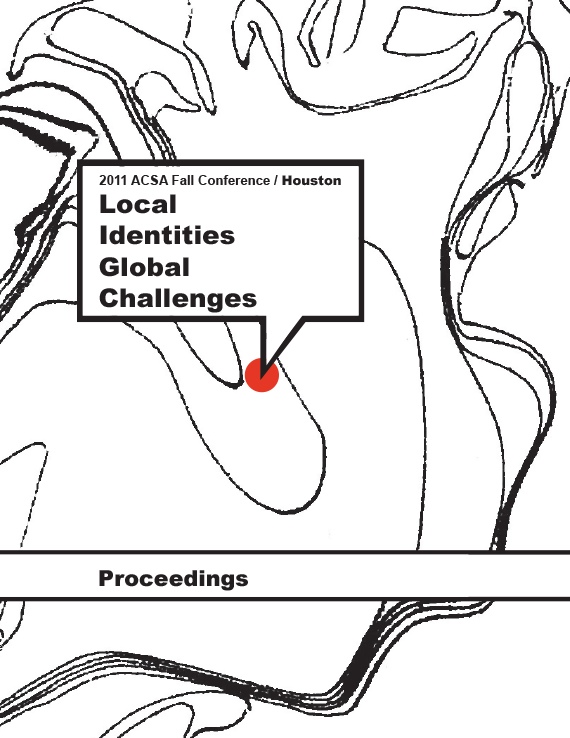Author(s): Duygu Yenerim & Mark Clayton
Informal settlements are one of the major global challenges that developing countries face because of deplorable living conditions with lack of decent infrastructure, adequate living space and access to basic facilities and services, and direct effects on resident’s satisfaction and quality of life (UN-Habitat 2003; 2009). However, there is no common planning framework or method for monitoring these settlements and upgrading them to an acceptable quality; each country has a diversity of strategies for upgrading informal settlements (Abbott 2002). Colonias are the substandard housing developments in the United States located north of the U.S.-Mexico border from Texas to California. Government responses to the colonias show similar characteristics with approaches in other parts of the world. In the colonias, the improvements and expansions of houses are often performed by residents as ‘self-help interventions’ (Ward et al. 2011a; 2011b; Giusti and Estevez 2011). According to Giusti and Estevez (2011), common upgrading interventions on houses in the colonias are installation of air conditioning systems and improvements to roof and floor materials. As these informal settlements have been transformed into formal communities, their impacts upon energy consumption are often very high as a result of the lack of precautions and practices to provide for sustainable use of energy (UN-Habitat 2008). Monitoring and evaluating the interventions are among the major steps to follow to be successful in upgrading informal settlements and improving residents’ living conditions (UN-Habitat 2008). However, available Geographical Information Systems (GIS) maps and databases developed for monitoring and evaluating the changes in the colonias are limited to infrastructure, health and quality of life indicators of the residents. Therefore, the challenges are (1) lack of comprehensive information on design patterns, materials, construction, and parameters of individual informal houses and (2) lack of information on what happens when these communities transformed into formal ones, including their potential impacts upon energy consumption as well as improvements in living conditions to increase resident satisfaction. The aim of this study is to devise a method (Parametric Modeling of Informal Settlements) to measure the impact of self-help upgraded houses on both energy use and cost of house by utilizing Building Information Modeling (BIM) of a community. The method has been tested by four colonia houses and performing energy analysis, solar analysis and cost estimating using automated tools. The expected outcome will help develop advise for colonia residents on how to upgrade their houses and enable government officials to track the changes in housing scale. BIM tool Autodesk® Revit® 2011 has been used to model four colonia houses and Autodesk® Project Vasari is being used to perform energy, solar and wind analyses of these houses. We hypothesize that our method of Parametric Modeling of Informal Settlements will be reasonably fast and accurate at modeling home value and energy consumption, analysis of results of the method will lead to insights in more sustainable and energy-efficient solutions when implementing upgrades of homes, and combining BIM and GIS will increase the awareness and understanding of the settlements among planners and officials.
Volume Editors
Ikhlas Sabouni & Jorge Vanegas

 Study Architecture
Study Architecture  ProPEL
ProPEL 
